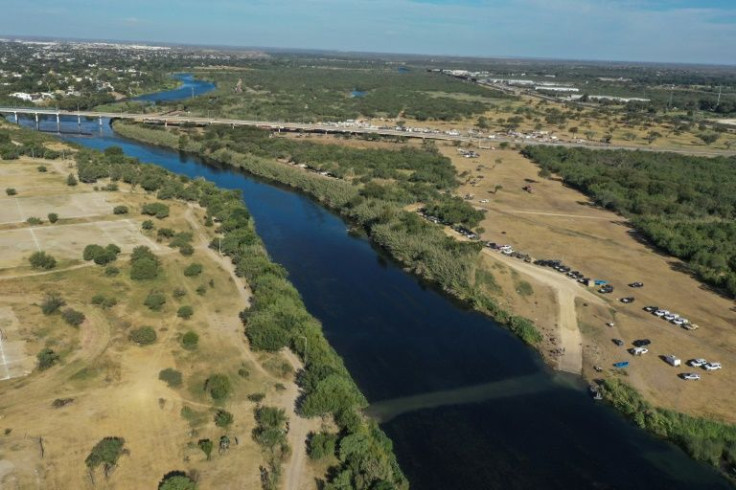
Different Texas towns that get the bulk of its water from the Rio Grande are imposing restrictions as a lack of flows from Mexico and continued droughts are reducing their reservoirs to critical levels.
According to Border Report, officials in the town of Zapata worry they could soon run out of drinking water as they have emergency supplies for less than two days to serve its 5,000 residents. The town may need to resort to special measures, such as extracting water through pumps and a special pad.
"We have about another 5 feet before the water level gets to the top of the pump and we won't be able to be getting enough water from the pumps from the Rio Grande. At that point, we're going to need our emergency pump," Ralph Treviño, the town's water district manager, told the outlet. He added that current water levels are the lowest he's ever seen.
Zapata's water conservation guidelines are at Stage 3, having imposed restrictions on when residents can water their lawns, wash cars, among other non-essential uses. If levels drop below 250 feet, it will pass to Stage 4 when all lawn watering will be forbidden. They were at 251.76 feet this week.
The restrictions come as two key reservoirs in South Texas also run critically low. Amisted Reservoir, outside Del Rio, was 27.7% on Thursday, while Falcon Reservoir was 8.7%. The border town of Laredo is already gearing up to implement a contingency plan when the former reservoir drops below 25%. Hidalgo County has already declared a drought disaster.
The situation has led officials to call for Mexico to send water to the country due to an obligation under a 1944 treaty. According to a Washington Post report, Mexico, which is facing its own drought pressures, historically been reluctant to deliver water from its reservoirs.
Mexico's water deliveries have decreased due to the construction of new dams and reservoirs. According to the 1944 treaty, the U.S. is required to send 1.5 million acre-feet of Colorado River water to Mexico annually, while Mexico must deliver 1.75 million acre-feet of Rio Grande water to the U.S. every five years.
Data from the International Boundary and Water Commission indicate that Mexico has consistently fallen short of its obligations, delivering significantly less water than required in nearly every five-year cycle since 1997.
The water shortage has already had significant economic impacts. A crucial sugar cane processing plant in Texas forced to shut down, resulting in hundreds of job losses and the cessation of a major cash crop.
Citrus producers are also at risk; while their trees can survive a season with minimal water, prolonged drought conditions would devastate their crops. And at least one border town is considering halting new construction projects due to the lack of water.
Economic studies indicate that the total loss of irrigated crop production in the lower Rio Grande Valley could result in nearly $500 million in economic losses and approximately 8,400 job cuts.
© 2024 Latin Times. All rights reserved. Do not reproduce without permission.







